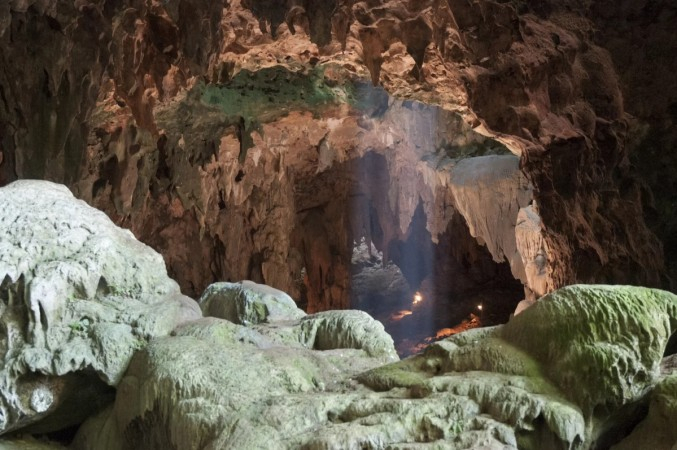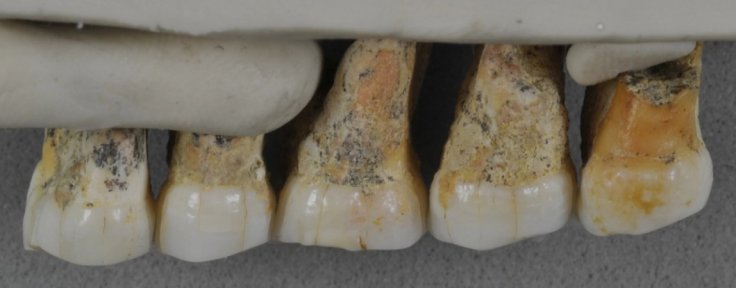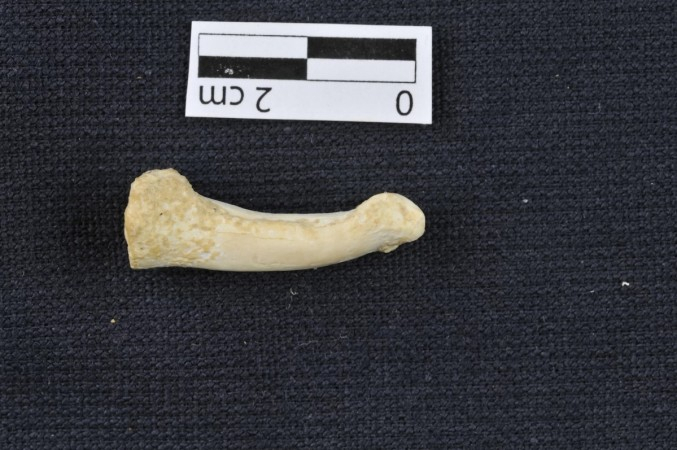
A mystery dwarf human species identified from bones found in caves of the Philippines perhaps shared the same forests with modern humans and even mated with them, scientists say. Named Homo luzonensis after the caves in Luzon island where scientists unearthed 13 bones, these early humans may have been adept at climbing trees as the curved bones of the feet showed, according to a report in LiveScience. (Homo is the genus into which all humans are grouped, the modern human being Homo sapiens.)
Scientists say that at less than 1.2 metres or four feet, the newly found humans may have been shorter than the other Southeast Asian species of Homo floresiensis, also known as the hobbits, whose remains were found in a cave of Indonesian island of Flores in 2004. The Luzon humans, whose bones were found in Callao Caves, are the second dwarf human species to be identified.
Scientists date the Luzon human remains to 50,000 years ago, which the geologists call Pleistocene epoch. Although H. luzonensis is short in stature like the hobbit, it shares some features with a number of other ancient human relatives. It had curved foot and finger bones like Australopithecus (a genus that includes the famous fossil Lucy). Its premolar teeth had characteristics similar to those seen in Australopithecus, Homo habilis, hobbits and Homo erectus. But the small molars indicated an evolutionary affinity with modern humans, or Homo sapiens, according to the report.

"These fossil elements show a combination of morphological (structural) features not seen in other species of the genus Homo, thus indicating a new species, which we named Homo luzonensis," study lead researcher Florent Détroit, a paleoanthropologist at the National Museum of Natural History in Paris, said in a statement.
Scientists first found a 67,000-year-old metatarsal, or toe bone, in Luzon's Callao Cave in 2007. Further excavations in 2011 and 2015 helped unearth 12 more fossil bones and teeth that belonged to at least two adults and one child, including two hand bones, three-foot bones, a thigh bone and seven teeth. One of the fossils dated to 50,000 years ago indicated that H. luzonensis lived at the same time as other human lineages, including H. sapiens, Neanderthals, Denisovans and H. floresiensis, according to a study published in the journal Nature.
It's difficult to say what H. luzonensis looked like "because it is difficult to tell from the elements we have," Détroit said. Given that the teeth are small –smaller than those of H. floresiensis – it's likely that the newfound species was small bodied, he said. Moreover, the curved toe and finger bones suggest that H. luzonensis was adept at climbing trees as well as walking upright on the ground, according to the article.
The genus Homo may have become strict bipedalism (meaning it walked on two feet) about 2 million years ago, so "we are certainly not pretending that H. luzonensis was 'back to the trees'," Détroit said. Rather, it's possible that this feature got magnified because H. luzonensis lived on an isolated island full of trees, he said.
Scientists are yet to ascertain where H. luzonensis fits into the human family tree and how these little human relatives reached Luzon, which must have been an island for at least 2.6 million years, the article says. Although scientists failed to extract any DNA from the bones, they hope that some proteins could be extracted from the remains which would shed light on the family tree question.
Scientists have unearthed evidence of ancient animal butchery on Luzon dating to 700,000 years ago suggesting that "some sort of Asian Homo erectus (maybe from China) successfully crossed the sea and settled on Luzon Island". It is too early to say if the isolation and the peculiar environment in Luzon helped them evolve into H. luzonensis, scientists say.










